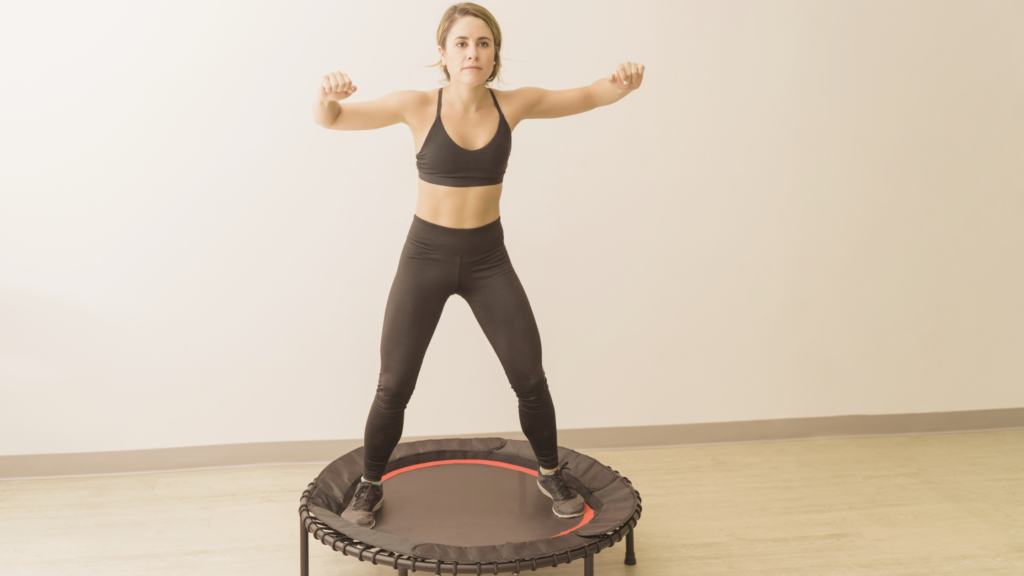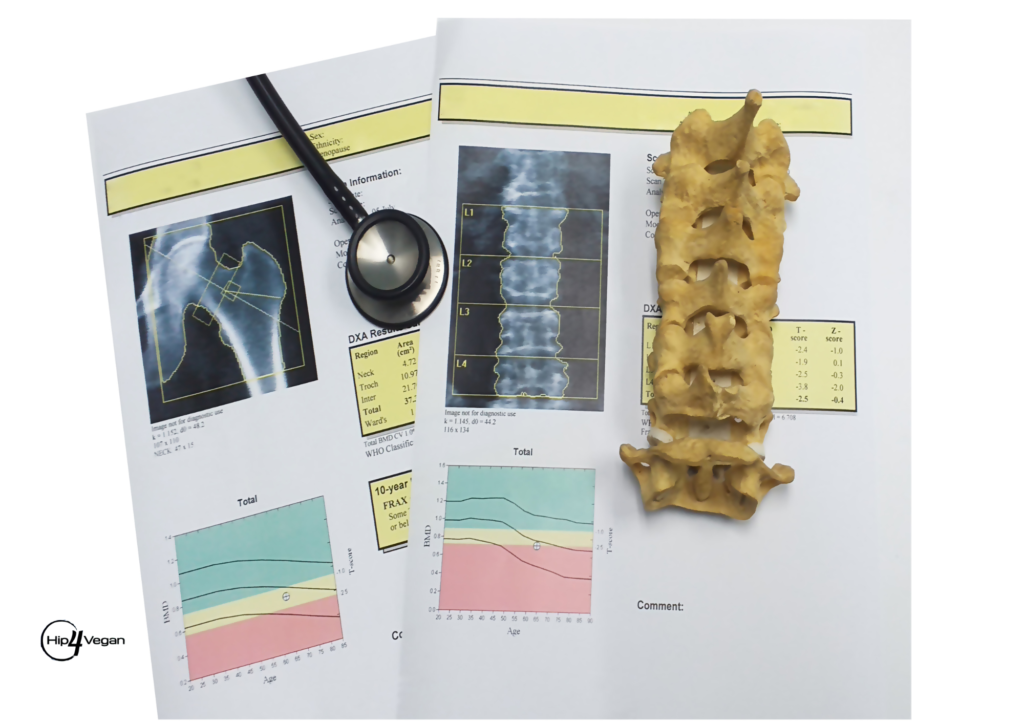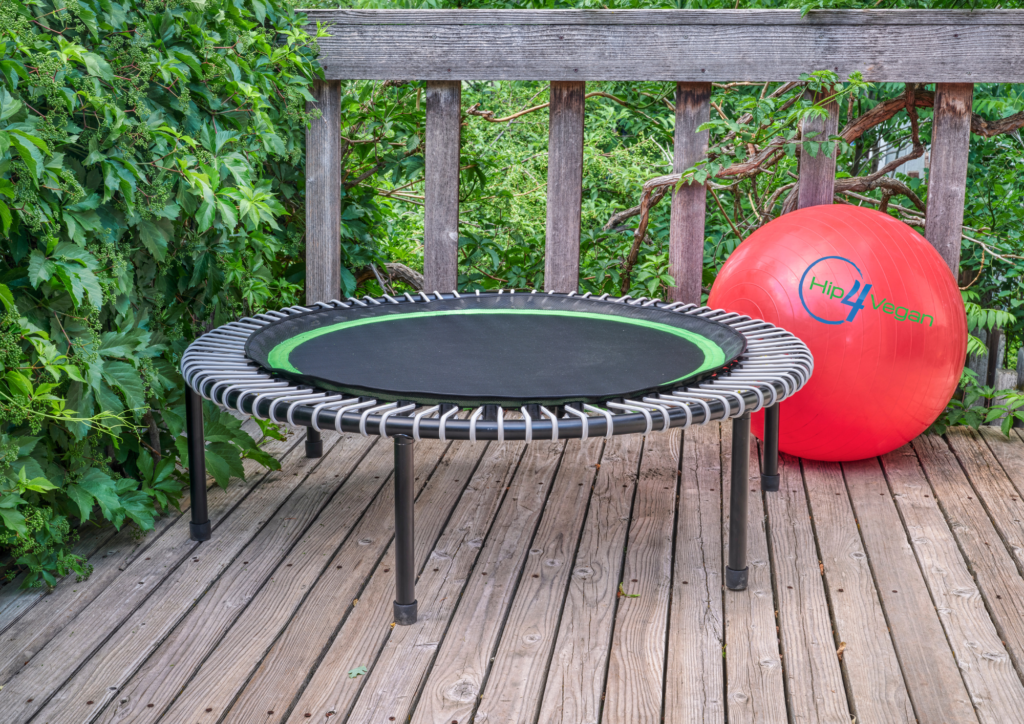If you’re looking for a fun, effective, and low-impact way to improve your health, rebounding might just be the answer. Rebounding involves bouncing on a mini-trampoline (rebounder) and has gained popularity due to its numerous health benefits. It’s an exercise that can be done by people of all ages and fitness levels. Let’s dive into the many benefits of incorporating rebounding into your fitness routine. I recently incorporated rebounding into my exercise routine and I love it!
1. Cardiovascular Health – Rebounding is an excellent way to get your heart pumping. It provides a cardiovascular workout that helps improve circulation, strengthen the heart, and increase overall cardiovascular endurance. Just 20 minutes of rebounding can significantly boost your heart rate, offering a fund alternative to cardio exercise like running or cycling.
2. Low-Impact Exercise – Unlike high-impact activities such as running, rebounding is gentle on the joings. The trampoline absorbs the impact, reducing stress on your knees, ankles, and hips. This makes it an ideal exercise for individuals with joint issues or those recovering from injuries.

3. Lymphatic System Support – The up-and-down motion of rebounding is particularly effective for stimulating the lymphatic system. The lymphatic system is crucial for detoxification, immune function, and fluid balance in the body. Rebounding helps to move lymph fluid more efficiently, aiding in the removal of toxins and boosting your immune system.
4. Muscle Toning & Strengthening – Rebounding engages various muscle groups, including your legs, core, and even arms, depending on the exercises performed. The constant resistance provided by the trampoline surface helps tone and strengthen muscles, leading to improved muscle definition and overall strength.
5. Enhanced Balance & Coordination – Bouncing on a trampoline requires a good sense of balance and coordination. Regular rebounding can help improve these skills over time, which is beneficial for overall physical stability and reducing the risk of falls, especially in older adults.

6. Mental Health Benefits – Exercise, in general, is known to boost mental health, and rebounding is no exception. The rhythmic bouncing can be meditative, reducing stress and anxiety. Additionally, the release of endorphins during exercise helps improve mood and combat depression.
7. Weight Loss & Metabolism Boost – Rebounding is an effective calorie-burning exercise. Regular sessions can help you burn fat and lose weight. Additionally, it can boost your metabolism, making it easier to maintain a healthy weight.
8. Bone Density Improvement – The gentle impact of rebounding helps stimulate bone growth and can increase bone density. This is particularly important for preventing osteoporosis and maintaining strong bones as you age.

9. Convenience & Accessibility – One of the greatest advantages of rebounding is its convenience. You can do it at home with minimal equipment – a mini trampoline. It’s a space-saving and cost-effective workout option, making it accessible for man people.
Rebounding is more than just a fun activity; it’s a powerful exercise with a wide range of health benefits. From improving cardiovascular health and muscle tone to supporting your lymphatic system and boosting mental well-being, rebounding can be a valuable addition to your fitness routine. Whether you’re a seasoned athlete or a beginner looking for a low-impact workout, give rebounding a try and experience the benefits for yourself. Find yourself a podcast or music to listen to and JUMP into a healthier lifestyle today!

